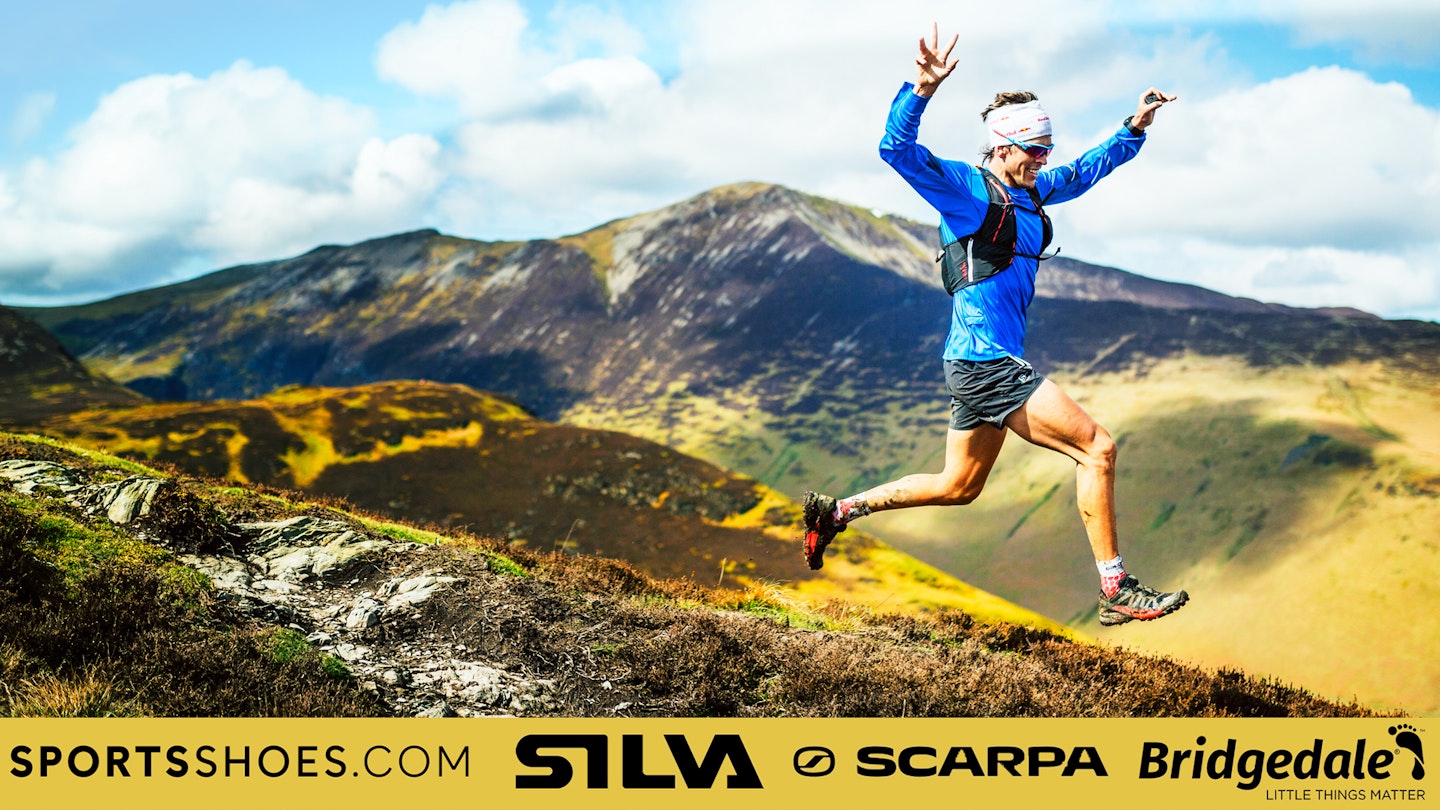The gym is a great way to improve as a runner. If you want to be more vulnerable to injury. If you like wasting money. If legendary mountains, enigmatic woodlands, and melodramatic skies leave you feeling uninspired.
Yes, pounding away at the dreadmill – sorry, treadmill – is an excellent way to train...if you're not interested in the superior, all-round strength trail running gives you – free of charge. Or if you enjoy breathing in other people's carbon dioxide (and doubtless airborne toxic events) and stale air conditioning. Or if your favourite thing in the world is hearing the latest viral Tik Tok song repeat thirteen times per hour.
Tell all that to your gym-preferring pals because it's the truth. Both science and common sense back it up. Of course, there are risks inherent to trail running – slippery mud, unnoticed tree roots, grumpy livestock. “But injury risks are minimised if a runner starts slowly and builds up,” says Applied Sport Science Professor John Brewer – as you should with any running discipline.
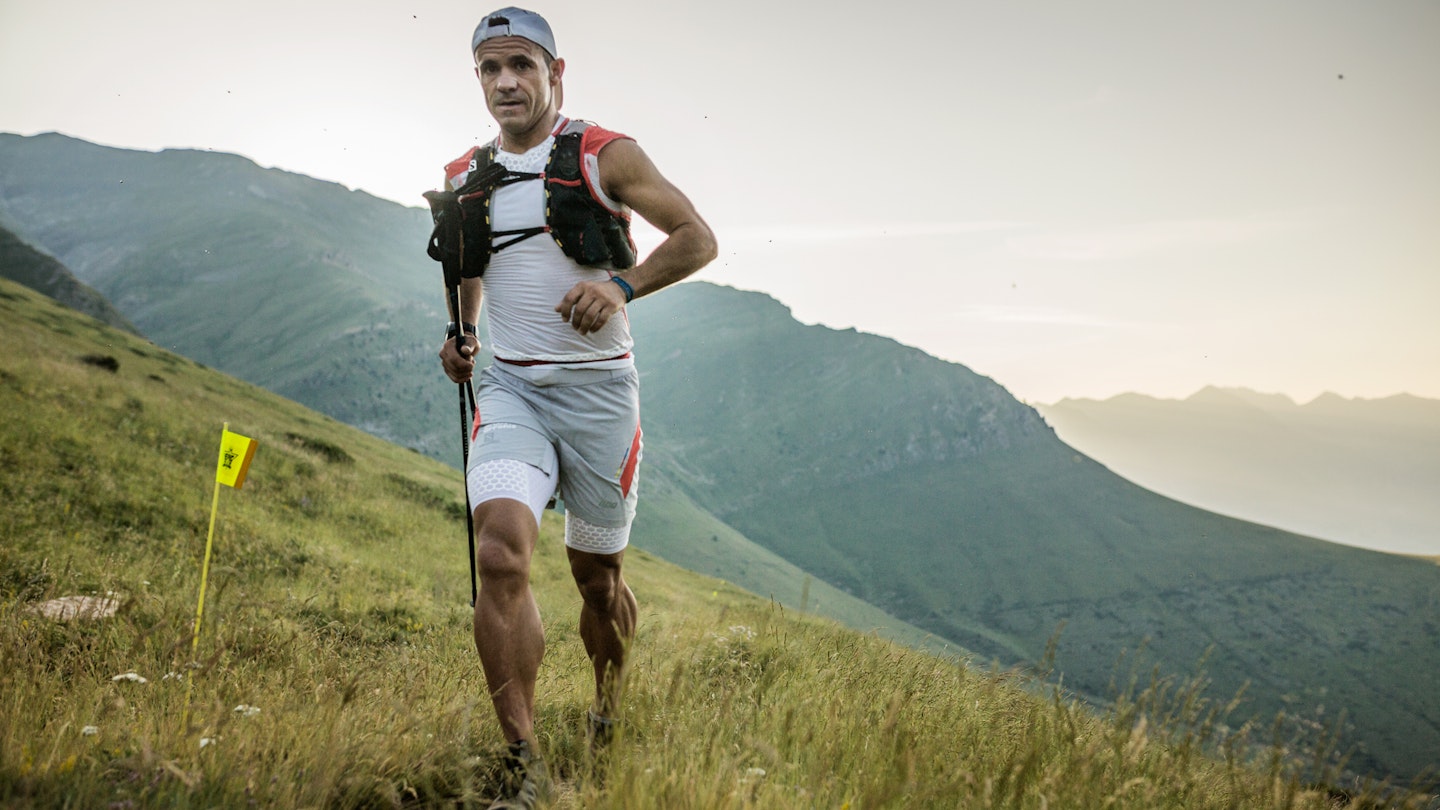
Sport psychologists have also shown that boredom can be a reason people stop exercising, says Professor Brewer. “The environment encountered when trail running is much more likely to produce the variety and stimulation to make running more enjoyable and sustainable.”
“Trail running‘s so much more fun,” says GB mountain runner Tom Owens from Team Salomon. “It’s very simple, pure, and refreshing – with no distractions. After you’ve tried trail running, you don’t go back.” Or as Dragon’s Back Race podium finisher Konrad Rawlik puts the choice between trails and treadmills: “Am I a man, or a hamster?”
“The cheapest Fitness First annual membership is £420…all you need to start trail running is a decent pair of off-road running shoes”
– Damian Hall, running legend
1. Free whole body work out
Compared to running on a treadmill, trail running challenges both the body and mind significantly more. “It's a fantastic whole body workout,” says Dr Mary Wilkinson, GB mountain runner in Team Inov8 who has a PhD in Health Science. Physically, trail running is more demanding than a treadmill. “Environmental factors such as wind, cold and heat all mean the body uses more energy to overcome wind resistance, keep warm or cool down. Even in calm conditions overcoming wind resistance can increase energy demand by 10 per cent.”
Trail terrain is highly variable, whereas a treadmill is perfectly even, so every foot strike is identical. “Different stride lengths and foot strike angles on trails engage more muscles than the repetitive motion on a treadmill. Trails will make you a stronger runner overall and reduce the risk of muscle imbalances,” says Dr Wilkinson.
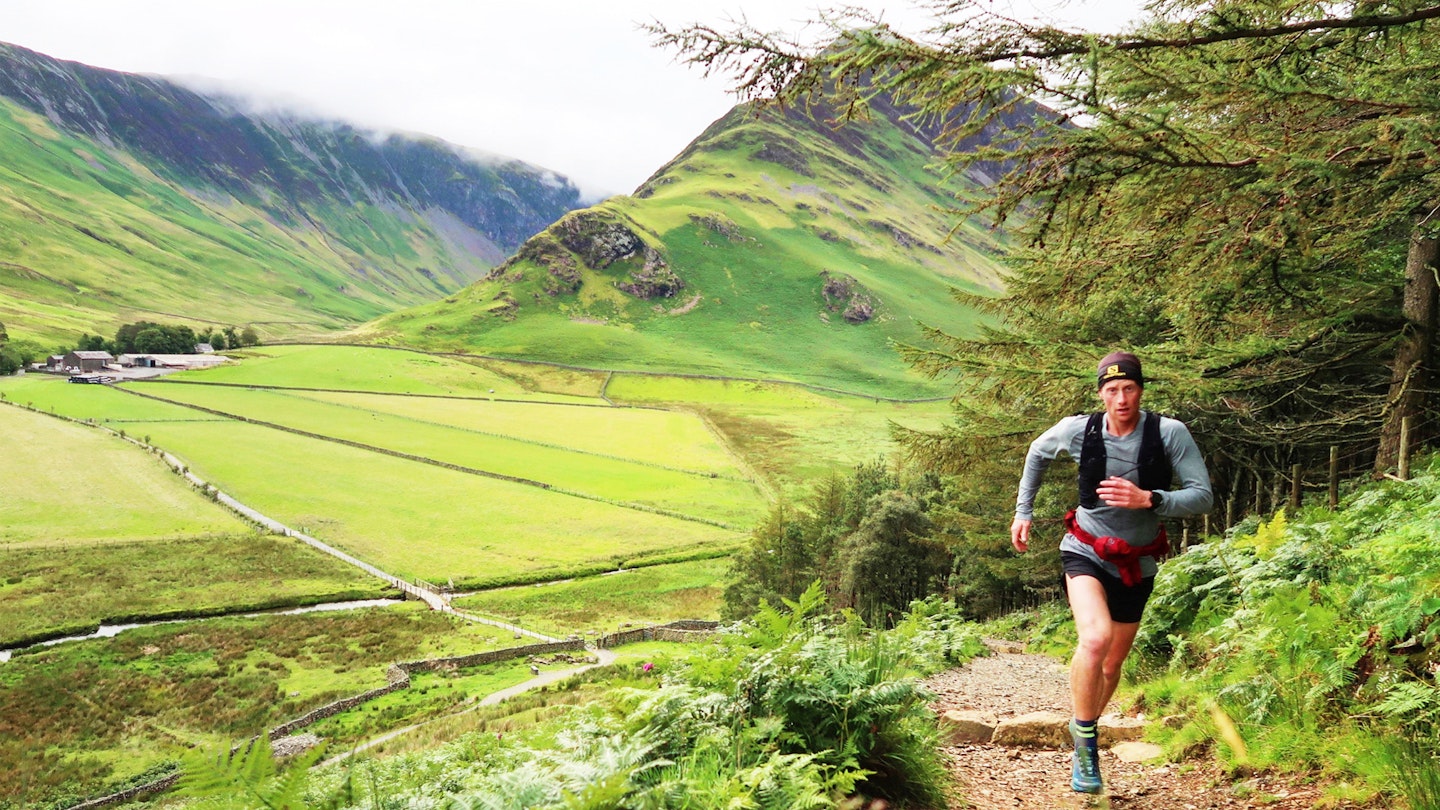
“Uneven terrain challenges your stabiliser muscles, tendons and ligaments,” she continues. “Especially around ankles and knees. Furthermore, contouring and direction changes constantly challenge your core muscles to maintain balance. A treadmill can’t replicate the demands of downhill running either.
“Descending challenges your muscles to absorb your body weight eccentrically and improves your balance, general agility and body awareness.” Treadmill running can even make you a lazy runner.
“The moving belt means your stance time (the length of time your foot is on the ground) tends to increase as your leg is moved underneath you. As such you don’t need to engage the hamstring muscles to the same extent you do outside.”
2. Better for preventing injury
To the non-convert, trees, rocks and uneven ground may seem like hazards to the runner. But in fact they're our natural gym. “Running on trails is an assault on the senses and none more so than our proprioception – our sense of movement,” says running coach and movement specialist Shane Benzie from Running Reborn.
“Our body is constantly adjusting to the changing surfaces, in both texture and level. This increases the role nerves, muscles and joints play. The bottom of the foot has 200,000 nerve endings and moving over a changing surface gives them an increased connection with the ground, which increases our proprioception. This allows our body to interact with ground – not just react to it as we hit it.
“This, and the increased range of motion, means ligaments in ankles (the deltoid and the three lateral ligaments) and knees work harder to create support and provide mechanical feedback.
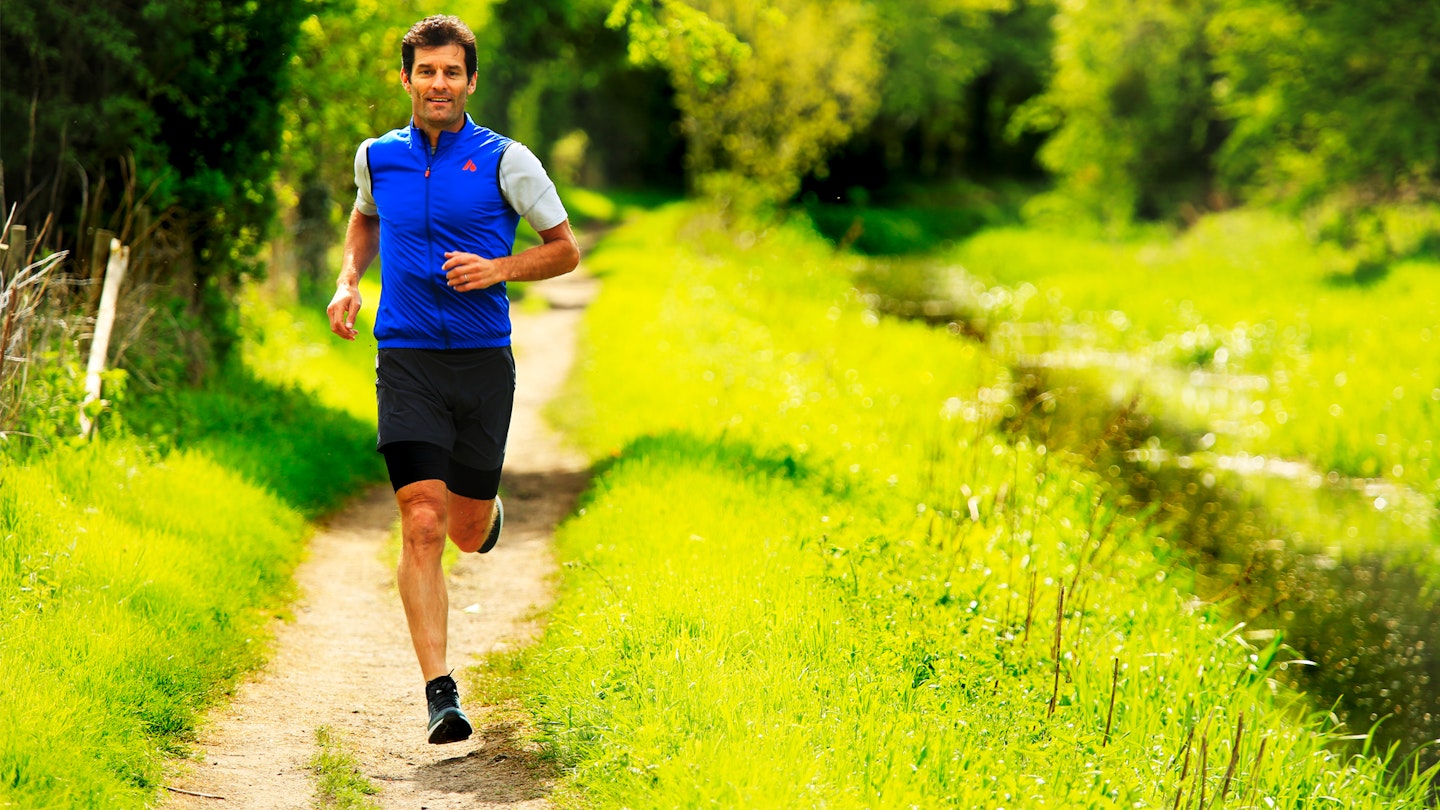
Proprioception of ligaments along with your eyes and inner ear let your brain know where you are in relation to your environment. This dramatically increases your efficiency of movement and reduces your chances of injury.”
There are other ways trail running makes runners more injury-proof, too. “Newton's third law dictates that any action is met by an opposite and equal reaction. So softer ground dramatically reduces our chances of suffering an impact injury.” Also, our muscles take on a more synergised role, supporting and stabilising each other. “Hamstrings and quads work as primary movers, antagonists and stabilisers to each other, for the knee as we run,” says Shane.
“Trail running accentuates the movement of the knee and work these muscles harder, strengthening them and reducing the chances of them weakening, or injuring due to repetitive use.”
3. The people are way more friendly
And then there's the people. There are good people in gyms, and there are more people in your average gym than on your average hill, so, in theory, more potential friends. Yet strangely, gyms aren't usually particularly friendly places. Most gym goers seem to be resolutely in their own world, headphones on, watching the goggle-box. And that's okay. No one's forcing anyone to be friendly.
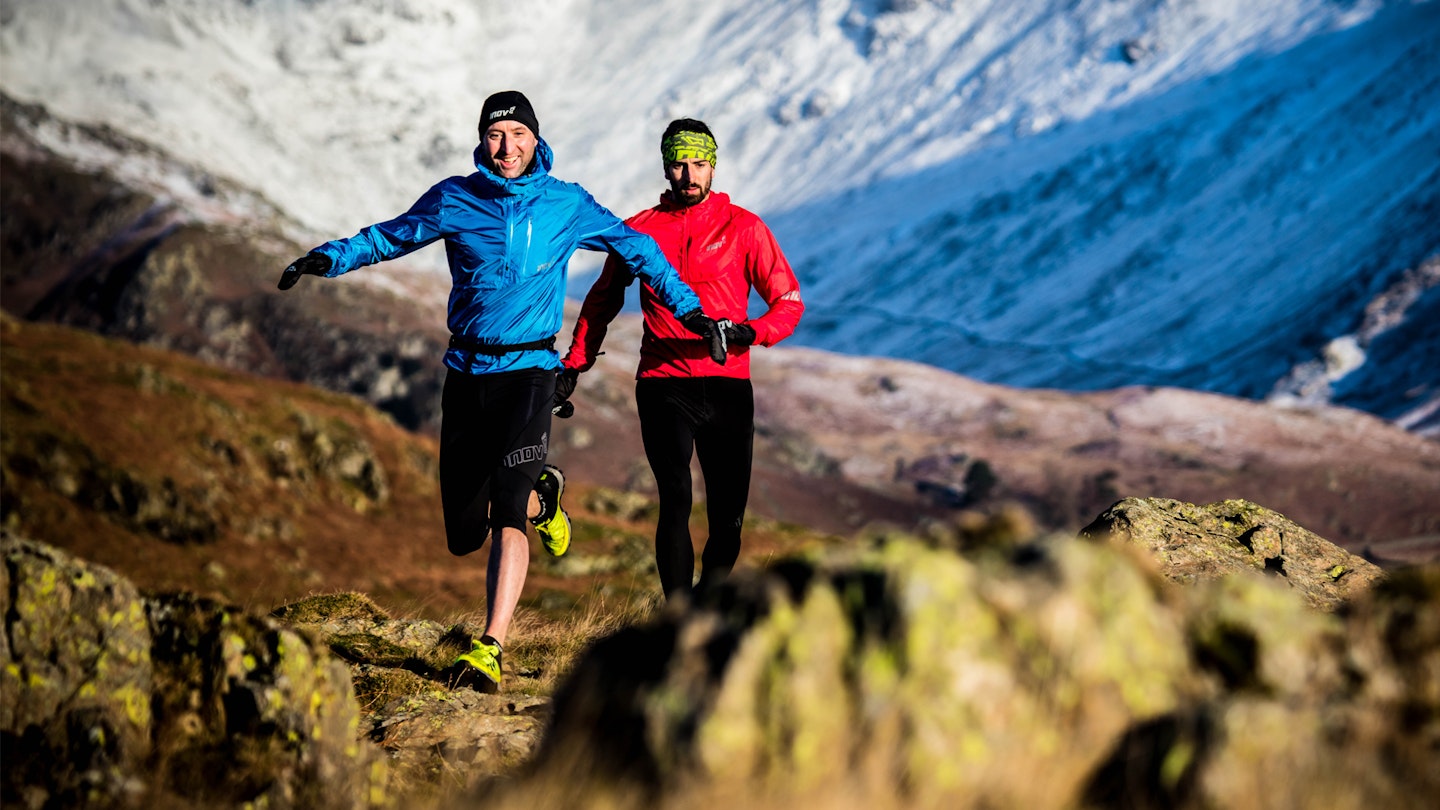
But meanwhile on the trails... "There is something special that happens on the trails that makes our sport so unique,” says RaidLight athlete and 2015 Spine Race winner Beth Pascall. “Everyone is looking out for each other.
“I guess it's because we all share the common goal of crossing the finish line, regardless of our background and previous experience. We all have mutual respect for one another for getting out there and tackling the same challenge. It's the positive energy I draw from fellow competitors that keeps me going during those tough times in races when your body is screaming at you to stop."
“There is a really strong camaraderie in all the forms of hill and mountain running,” agrees Salomon athlete and GB trail runner Tom Owens. “The sport attracts people who have a love of the outdoors and challenging themselves – it’s a brilliantly welcoming community in the UK and globally. Socially it’s a fantastic sport to be involved in.”
4. Fresh air has loads of benefits
Take a deep breath. A 2014 study of air quality in gyms produced some unsettling findings. Researchers at the University of Lisbon in Portugal and the Delft University of Technology in the Netherlands monitored air-quality in Lisbon gyms.
They recorded carbon monoxide, carbon dioxide, ozone, airborne particulates such as dust, and various chemicals released by carpeting, cleaning products, furniture or paint, including formaldehyde. Concentrations of dust and chemicals like formaldehyde can contribute to respiratory problems. Almost all the gyms in the study had levels of these substances that exceed European standards. Poor indoor air quality is a particular concern in gyms.
“When we exercise, we take in more air with each breath and most of that air goes through the mouth, bypassing the natural filtration system” in the nose, said Carla Ramos, who led the study. “The pollutants go deeper into the lungs compared to resting situations.”
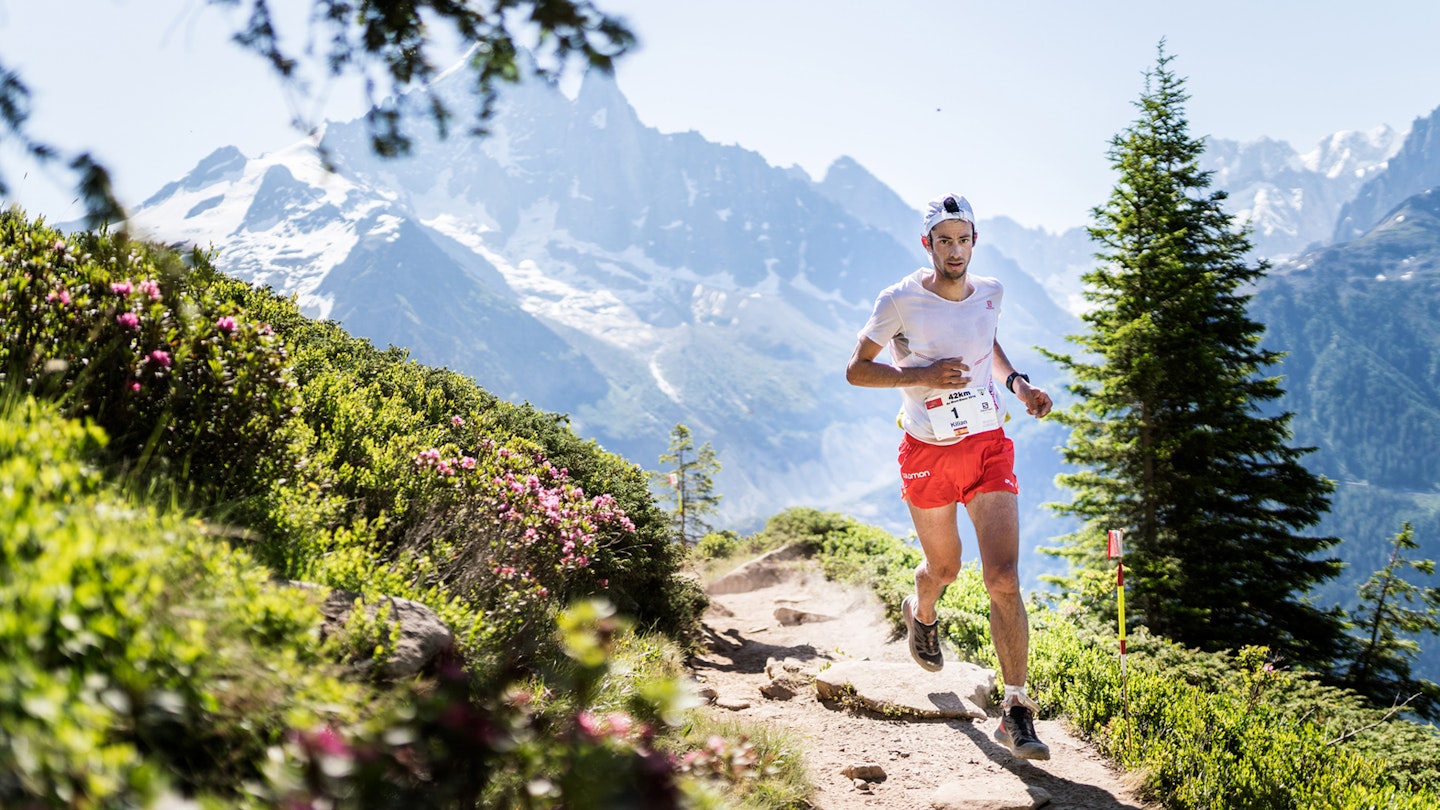
In contrast, when GB trail runner and 2014 British ultra running champion Kim Collison talks about his love of trail running, he mentions the sensation of wind. “I love how trail running takes me into nature, from forested single track with the dappled light of spring to high mountain panoramic views,” the Raidlight athlete says.
“I really enjoy being able to feel the warm air on my skin or the cold wind take my breath away or the power of a storm making me feel alive.” Incidentally, the cheapest Fitness First annual membership is £420. In comparison, all you really need to start trail running is some off-road running shoes, which can cost you less than £100.
5. Improves your mental health
Not only does running in trees rather than traffic have obvious health benefits such as better air quality, there are less obvious psychological ones. One great thing about trails is there aren't any mirrors. The trail doesn’t care what you look like, so there's little point in vanity. If you’re not covered in mud and laughing your head off, you look weird anyway.
As well as getting you muddy and giggly, running in green and wilder places gives a sense of adventure, gets the pulse raising, rewards you with a giddy sense of freedom. But more deeply, exercising in natural surroundings taps into the ‘biophilia effect’ – our innate desire to be connected to nature and its ability to lift us psychologically. We know all that because it's common sense. Science says it too.
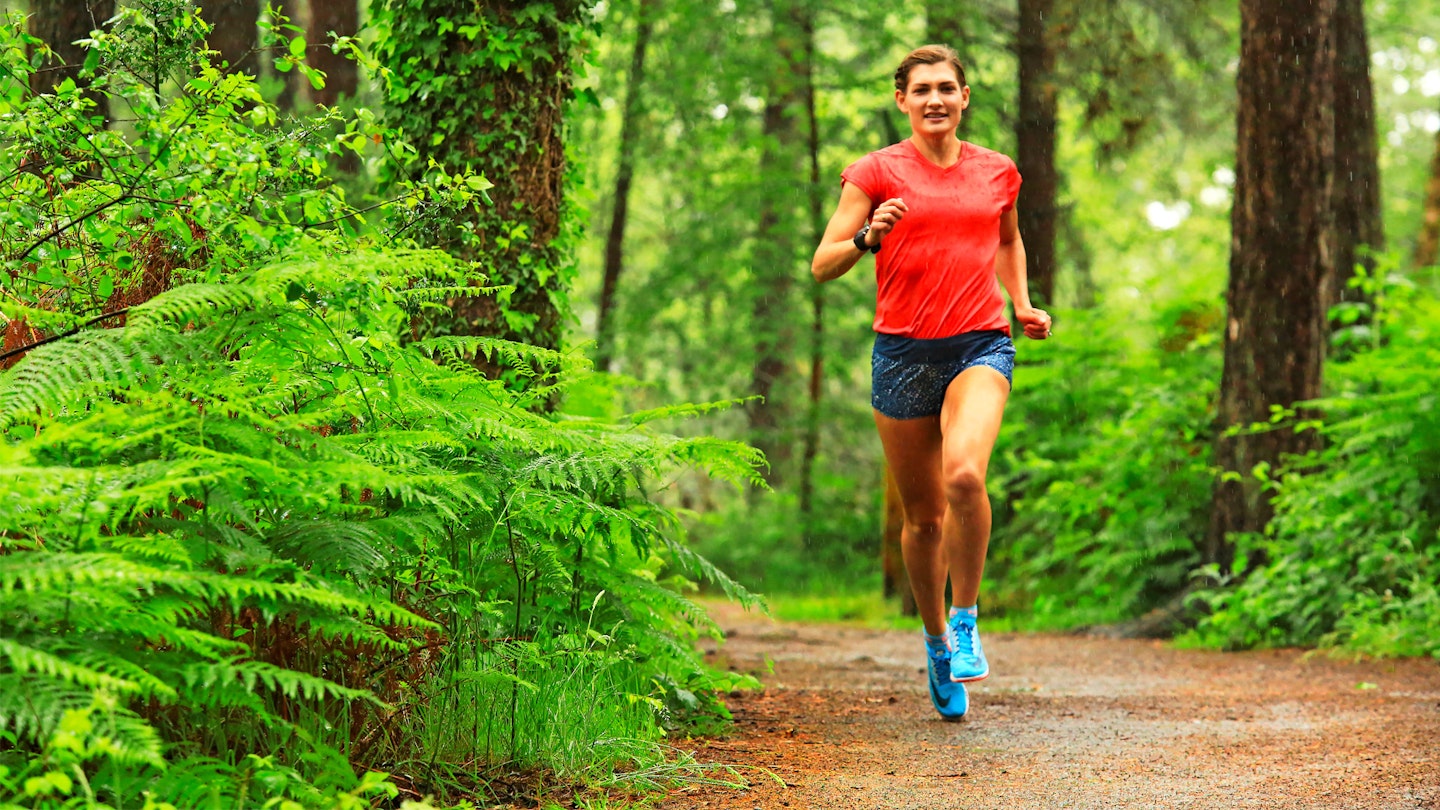
A 2012 University of Glasgow study showed that regular exercise in a natural environment may cut the risk of suffering from poor mental health by half. Researchers studied the use of natural and non-natural environments for physical activity, like walking, running and cycling and found regular use of natural environments such as forests and parks seemed to protect against mental ill-health – whilst use of non-natural environments like a gym, did not.
“I wasn’t surprised by the findings that exercise in natural environments is good for your mental health,” said Professor Richard Mitchell. “But I was surprised by just how much better it is for your mental health to exercise in a green place like a forest, than in other places like the gym.”
Convinced? We hope so. Take a stab at the trails next time you fancy some cardio, and see if you discover a brand new passion.
